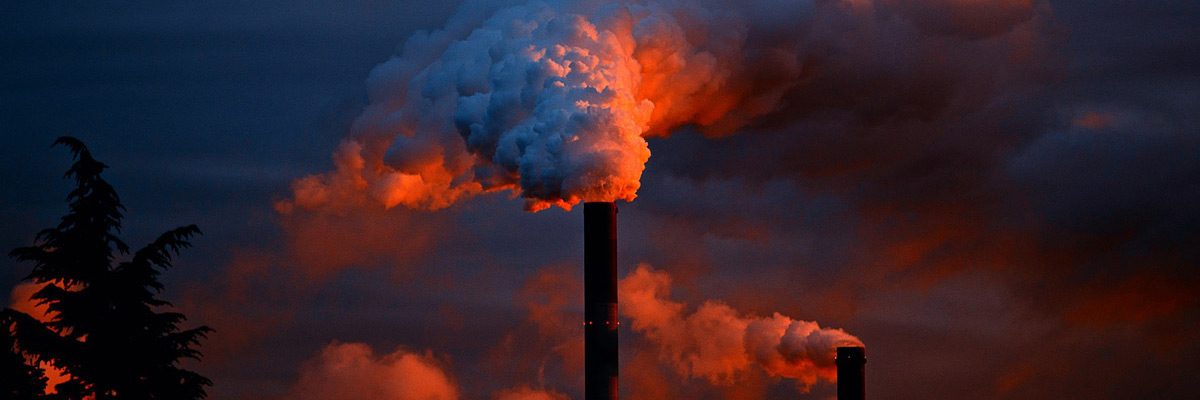Yes, I warned anybody who would listen, that Pres. Trump would finish off this planet and 5 days into he is guaranteeing that some of the dirtiest energy on the planet will be burnt (haha burned). Tar sands for God’s sake. What about leave it in the ground. Nah he wants to toss it up in the air. I am not saying I like McKibben, I do not. I mean on tactics. I think his analysis is right on.
https://www.nytimes.com/2017/01/25/opinion/on-pipelines-donald-trump-looks-backward.html?_r=0
The Opinion Pages | Op-Ed Contributor
On Pipelines, Donald Trump Looks Backward
IF you’re searching for a lens to understand just how President Trump sees the world, his executive orders on Tuesday reviving the Keystone XL and expediting the Dakota Access pipelines provide a sharply focused glimpse. In a word, he looks backward at all times. We’re beginning to get a better sense of what he means by “again” in “Make America Great Again.”
On questions of jobs and industry, he looks back at least to the 1950s. If something is big and made of steel, then it’s great. Like some Soviet Realist painter, Mr. Trump seems to have an image stuck in his head of brawny men building a nation. Those are real jobs, and all the other innovation in the economy doesn’t amount to much.
In fact (a phrase that suddenly seems politically charged) that’s not how economies work any more: If something is big and steel, it’s probably going to be run by robots. If the Keystone XL Pipeline is ever completed, for instance, it will employ about 35 full-time workers, relying for its operation on a vast network of sensors, drones and the like. The number of workers in our labor-intensive solar industry alone now surpasses those employed extracting coal, gas and oil combined
:}
Just imagine what he can do in 1,400 days. Go there and read. More next week.
:}

 The pipeline that’s going to carry carbon dioxide from one place to another as part of the FutureGen clean-coal project is the subject of a bill which has passed a Senate committee. The bill writes a process for Illinois to oversee the construction and operation of such a pipeline.
The pipeline that’s going to carry carbon dioxide from one place to another as part of the FutureGen clean-coal project is the subject of a bill which has passed a Senate committee. The bill writes a process for Illinois to oversee the construction and operation of such a pipeline.